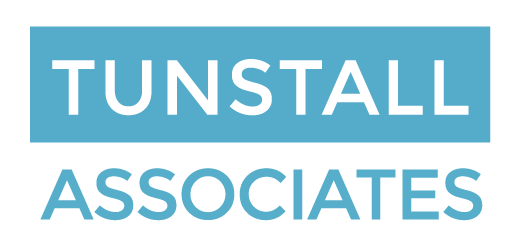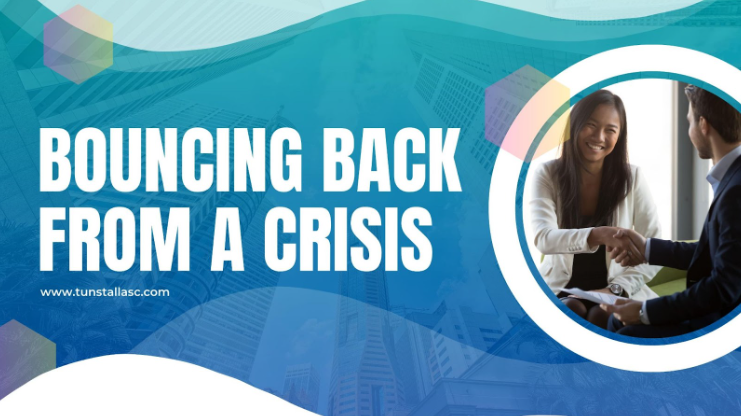As an analogy to corporate resilience, it can be useful to think of how a ball responds to an impact.

In business crises are inevitable. When a crisis occurs, every CEO would like to consider his business resilient. A resilient business can handle hard knocks like a rubber ball. A bounce, some inflection, and a little flattening perhaps. But thereafter the ball resumes its previous shape and carries on in perhaps a slightly different trajectory, but essentially unchanged from before the impact.
To respond in this way to a crisis takes preparation. The CEO may consider they have personal resilience in order to manage risks that come up in a crisis. Perhaps they do. But unless the company and employee team is still very small there is no guarantee the company will be equally capable. Speed of response is usually critical in a crisis. There is little time for preparation and the work that has been done in advance will determine the fate of many medium and larger organisations once they are in disaster mode. The key elements are therefore considered in depth below.
The strategic issues that can be thought out in advance are as follows:
Which risks will hit us first?
Is the business structured in a way that means the company will get hit by some risks before the competition? Is there an aspect of the customer or supplier base that would trigger this exposure?
Which risks will hit us hardest?
Does the company have a dynamic that means the impact of a particular event will be particularly problematic? For example, having market dominance or a strong market share in a sector is usually a powerful competitive advantage. But if a strong shock hits that niche it may be particularly damaging to the company especially if the dominant position has been gained at the expense of diversification.
What risks will hit us harder than our competitors?
Do we have an exposure that means we might be hit by a crisis and our competitors might not? Sourcing strongly from one geographical location may be such an example of concentration risk. Having a single standalone business can be a boon or weakness depending on the nature and type of crisis. How can the company diversify sourcing without impacting competitive advantage? Being part of a larger group or conglomerate can bring strength but also challenges particularly with funding allocation issues. Covid-19 and more recent geopolitical events have also demonstrated how important it is to be nimble in adjusting supply chains.
Can we cope with multiple risks?
The real corporate killers often come in unexpected ways. When a company experiences two or more simultaneous risks that’s when failure becomes much more likely.
Which risks will hit us in a way we can’t bounce back from?
When the risk hits, if it’s big enough, it can change the shape of the business forever. To keep with the ball analogy in this situation, when the risk hits, it can change the shape of the ball together. If it turns out that business resilience is more like Play-Doh than rubber – can the company survive? Digital disruption and advancing technical change are affecting multiple business sectors in this way. Uber has transformed the industry for taxis and personal transportation by third-party owned vehicles permanently, globally. Airbnb is changing how consumers think about accommodation whilst traveling, permanently, globally. What risks might be imminent for the Asia CEO? One thing is for certain, we now seem to live in a world of permacrisis.
Financial Resilience
Financial resilience is in large part how companies survive in tough times. When times are good, companies expand, often at speed. This has been the case for a large proportion of Asian companies over the last two decades. When a corporation is in expansion mode, predictions of future earnings can be aggressive. This attracts investment to further fuel expansion. With the promise of future profits, investors, shareholders, and other stakeholders will perhaps accept price-equity ratios in some Asian companies that might be challenged in companies based in North America and Europe. This continues to permit expansion until something causes the expansion to falter.
With revised forecasts of future profits or even projected losses, the ratios start to look more problematic. Questions are asked regarding existing lending. The potential for attractively priced rollovers or new lending starts to look more challenging, particularly in a high-interest-rate environment.
In this situation, a CEO who has done a little scenario planning with the risk management team is likely to be able to respond more effectively and with less panic than would otherwise be the case. Often it’s not just one company affected but an entire sector. Changes in commodities including oil and gas are good examples. A company that is able to quickly implement robust countermeasures or at least demonstrate planning and pre-considered strategic options will look like a sector leader to customers, suppliers, lenders, and other stakeholders. Chances are they are also more robustly funded than competitors and perhaps poised to buy a market share on value. Advantages gained over competitors during these cyclical contractions are very likely to stick as the market rebounds.
Thinking about resilience can not only help with preparation for problems that might exhibit risks to the business but also help to identify opportunities. This will be discussed in more detail in a later newsletter. Meanwhile, in the next installment, we will address specific crisis management techniques.


